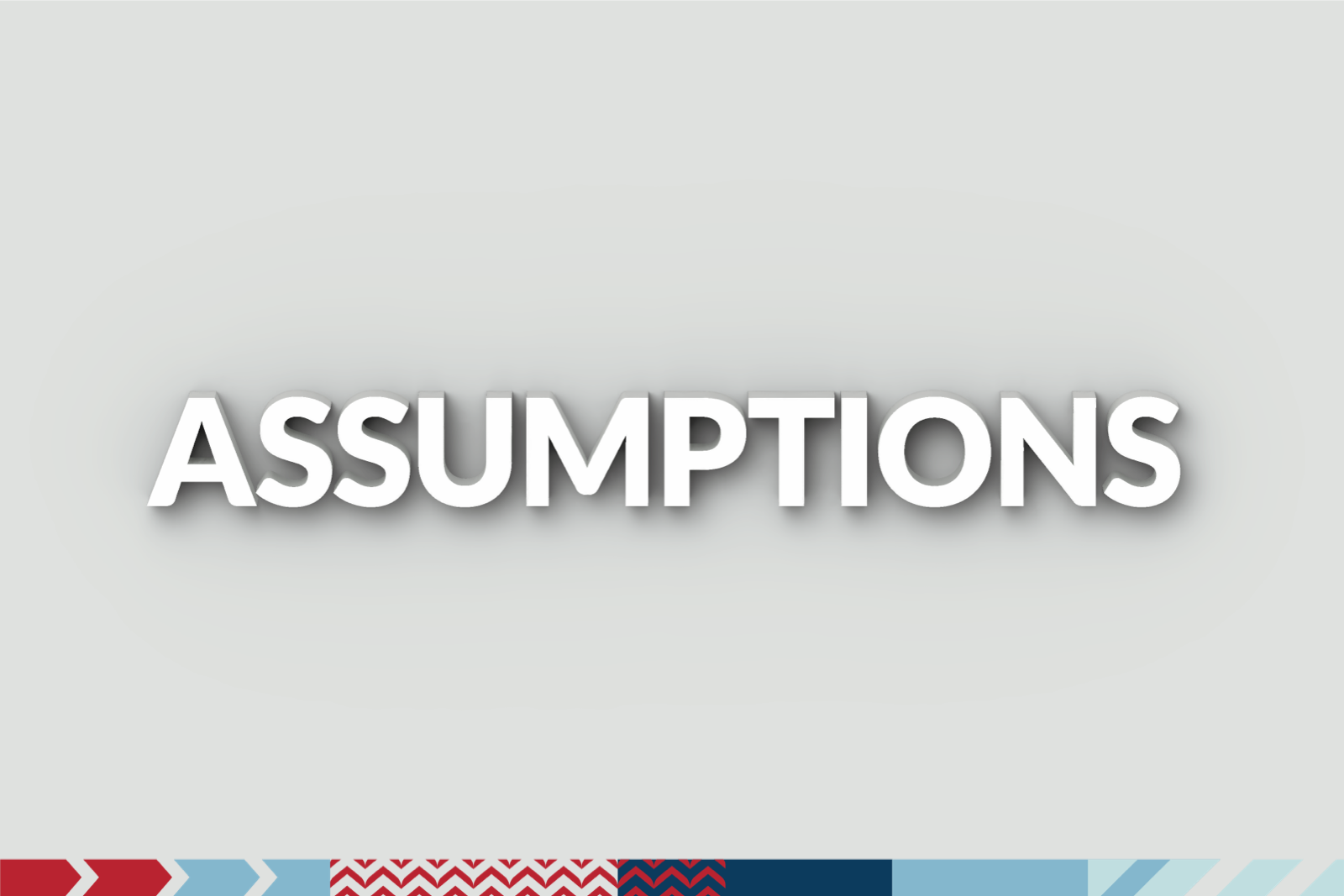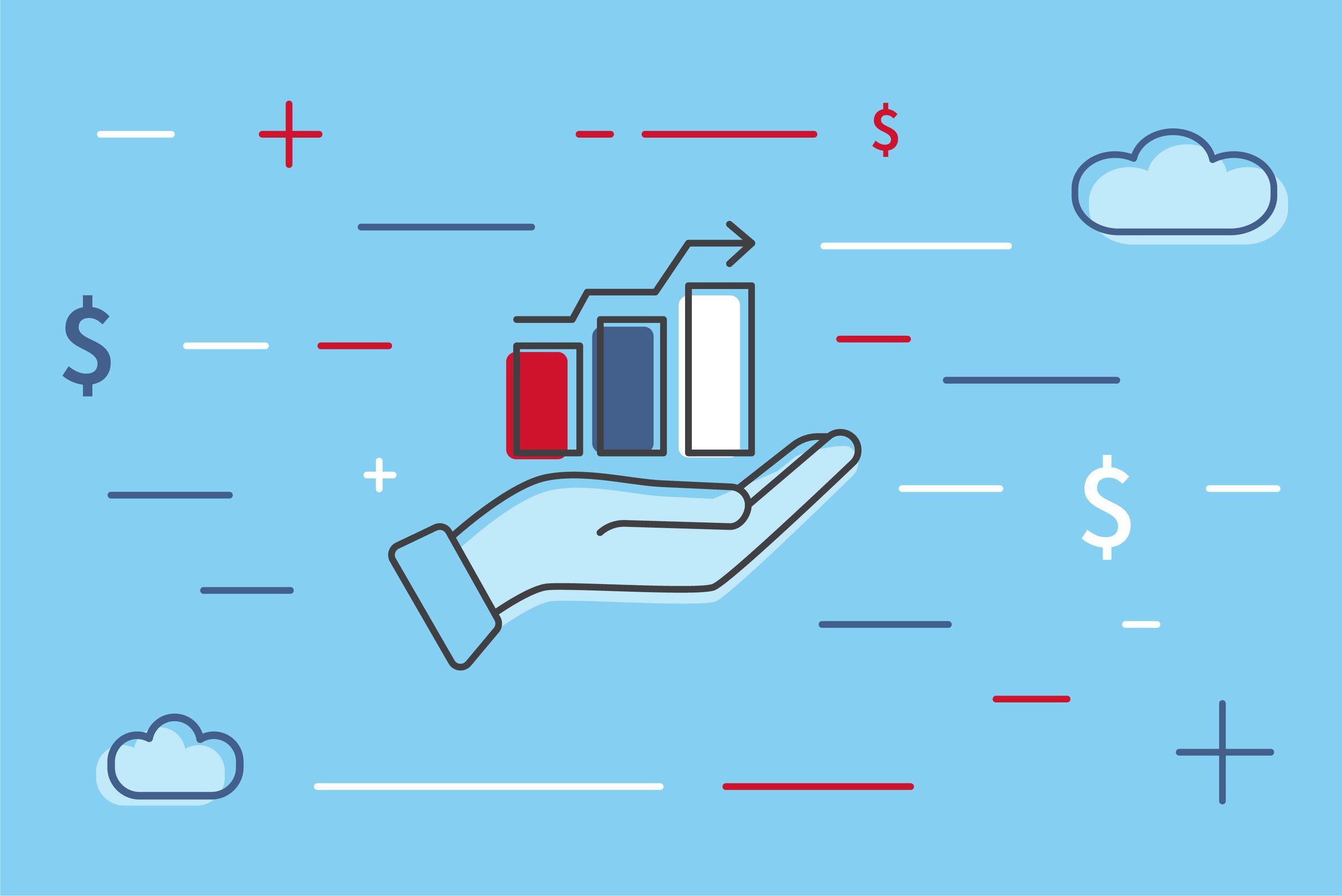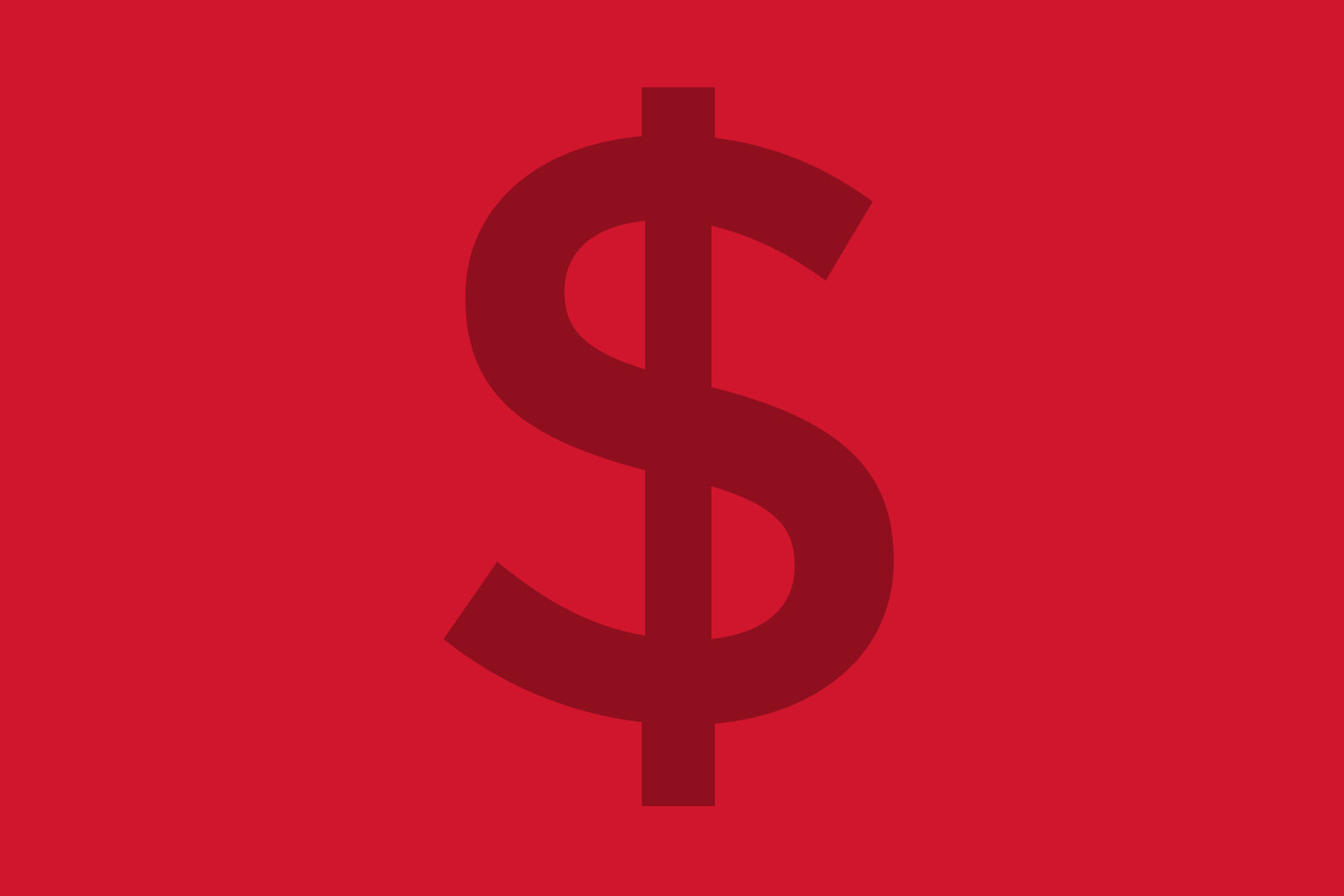You Know What They Say About Assumptions: Make Good Ones

Financial models are only as good as the educated guesses that inform them. If the underlying assumptions are on target, an economic model can be an incredibly useful tool. If the assumptions are off, you can miss the mark by overestimating—or underestimating, for that matter—your program’s potential incremental revenue, projected costs, or expected payback period.
So, what best practices can you apply to make sure you’re relying on solid assumptions to build a loyalty program business model that accurately represents your situation?
Use the data you have
Get input from a variety of stakeholders and leverage available data to inform financial projections for your program. Work with your finance department to understand the long-term forecast for your business. Seek advice from your marketing team to understand potential drivers and other initiatives that could influence a loyalty program. Consult with your operations and IT teams to understand current costs. Input from across your organization will help you craft a realistic picture of your brand’s future loyalty landscape.
To establish your loyalty business case, you ideally want to start by looking at customer-level transactional data. Of course, that hinges on the availability of data with a unique customer identifier in place.
When examining customer-level data, it’s best to look back at least a few years. Doing so helps you understand the trends surrounding a given business. To what extent does seasonality come into play? Are the last few years representative of your business, or were there internal or external factors that you need to adjust for?
If you don’t have existing data that includes unique customer IDs, consider what other available information can approximate customer-level transactional data. For example, do you have email addresses or telephone numbers for your customers? What about credit card numbers? Is there a way to tie any of these to historical transactions? This approach may not provide full visibility to the universe of transactions, but it could be a useful starting point.
Absent any customer-level transaction data, you may need to rely on averages. A good place to start is by examining your existing business forecast. From that, you might be able to infer some loyalty benchmarks. Perhaps you have defined customer personas to which different behavioral predictions can be applied. Maybe you have customer life-cycle information that you could use. Have you done any analysis on promotions? Or have you deployed any quantitative marketing research? You can explore these and other areas to see whether they offer insights that could strengthen the assumptions you’ll use to create a useful financial model.
Explore external data sources
When transactional data isn’t readily available and you’ve exhausted all your other internal data options, you may need to explore other sources to inform your assumptions.
-
Search engines. A few minutes of diligent internet searching can yield useful information. A number of credible organizations provide access to research reports and other data to inform assumptions.
-
Corporate data from competitors. Annual reports may give you a sense of industry seasonality. Income statements can help you understand and project margins. Press releases often contain useful benchmarking information that can assist you in determining reasonable expectations for specific verticals.
-
Industry publications. What publications contain useful data specific to your business? Some focus specifically on the slices of a larger category. The hospitality industry, for example, is served by niche publications—e.g., those focused on just quick-service restaurants or just coffee, as opposed to restaurants in general.
-
Paid research tools. If you subscribe to any paid research tools, rely on them for a wealth of information. Research providers such as Mintel, Kantar, Forrester, Euromonitor, eMarketer, Gartner, and plenty of others supply data points that you might use to inform your assumptions.
-
U.S. Census Bureau data or its equivalent. Most census data is freely accessible. Beyond population demographics, census data offers a national snapshot of consumer spending, employment, time use, and other statistics. If you’re working on a global business, seek out the equivalent resources for other countries. Additionally, the United Nations and World Bank maintain statistics that could be useful.
Consider context
Assumptions will vary across industries and program types. The Lacek Group has created economic models for clients across industries. In those models, the margin on sales has varied from single digits to more than 90%! (The latter reflects a pretty extreme example, obviously.)
The membership growth curve for a new program will likely look quite different from membership expectations for an existing, mature program. Meanwhile, the assumptions that inform a loyalty program created to reward a small percentage of high-value customers will differ from the assumptions behind loyalty programs designed for mass appeal.
These varying contexts should inform your assumptions—and it’s helpful to describe them in your financial model.
Document your rationale and collaborate with stakeholders
Once you’ve assembled data to inform your assumptions, annotate why you chose a particular value (or range of values). You want to describe your thought process and document your source or sources—whether it’s a single data point, an extensive publication or report, or institutional knowledge. Careful notes will help you tell the story and give others insight into your process and rationale.
As you develop your model, present each assumption to your stakeholders and invite them to weigh in. (Here’s where your careful documentation will really pay off.) Your stakeholders may agree with all your assumptions. They may challenge you to reexamine your initial approach and take a deeper look. Or they may provide additional information or insights that will help you refine your assumptions to reflect your business more accurately.
Remember that models aren’t absolute
Carefully crafted program economic models are a powerful decision-making tool. They can bolster confidence in the decision to move forward with loyalty program development through illustrations grounded in data. However, because they’re often built on educated guesses, models are best viewed as estimates rather than precise calculations.
For that reason, lean toward representing projections as a range. A particularly effective way to demonstrate ranges is through scenario building. For example, you might estimate low, expected, and high values for key variables and then develop corresponding scenarios to illustrate each. Scenarios will also help you discover which assumptions are the most sensitive (i.e., those that have the highest impact on the expected outcome). Are your stakeholders comfortable with all the potential outcomes your scenarios show?
Keep in mind that models should evolve. Depending on your business, six months or one year out from launch might be a good time to revisit your initial assumptions and refine them based on different, additional, or more precise data and observations. Use data that represents how the program is performing and project forward from that established foundation.
Until we become proficient with seeing the future in a crystal ball, we’ll have to keep relying on financial modeling as a way to glimpse probable loyalty outcomes. Grounding your assumptions in data will help you create accurate models that support clients in making informed loyalty choices.
Nina Rose is senior director, strategic services for The Lacek Group, a Minneapolis-based data-driven loyalty, experience, and customer engagement agency that has been delivering personalization at scale for its world-class clients for more than 30 years. The Lacek Group is an Ogilvy company.

